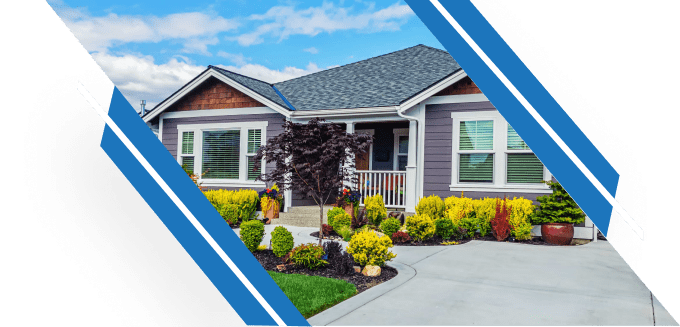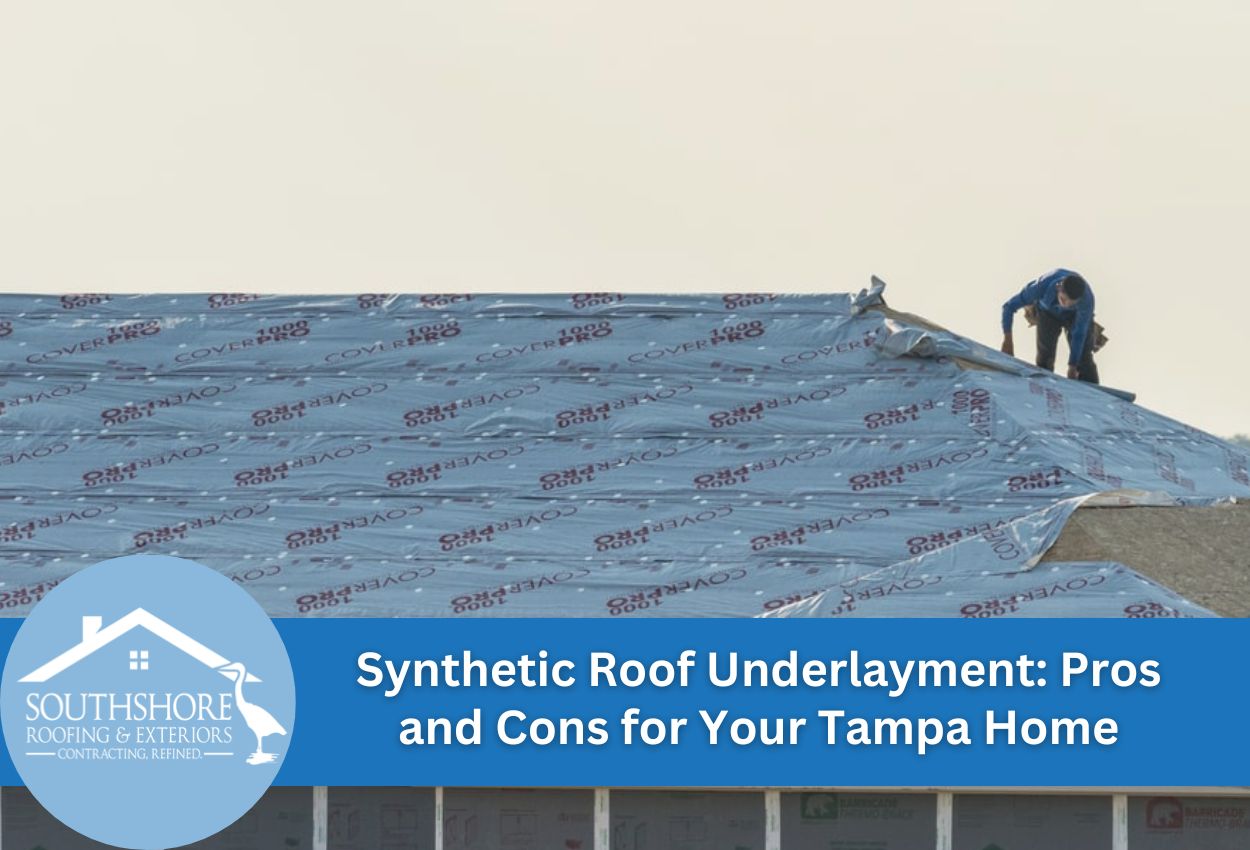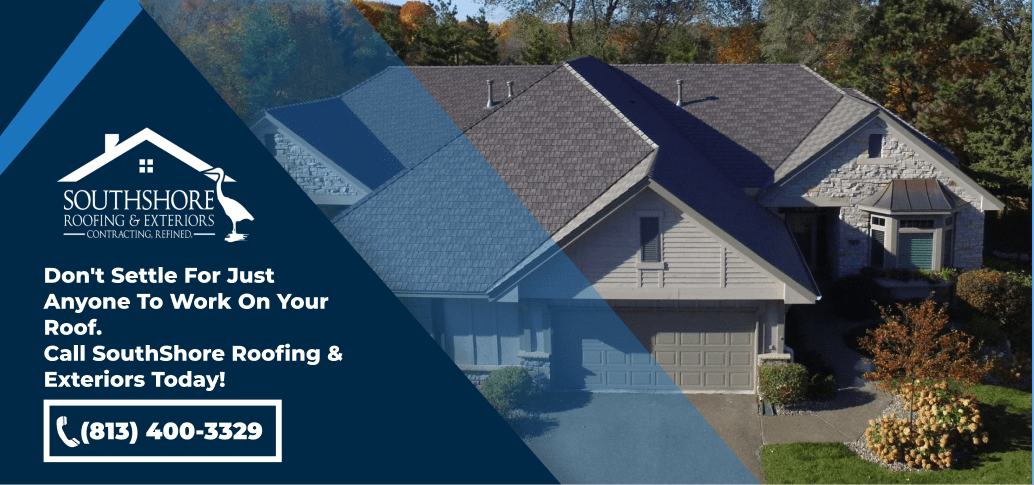When it comes to protecting Tampa homes from Florida’s extreme weather conditions, the materials beneath your shingles matter just as much as the shingles themselves. Roof underlayment is a secondary moisture barrier that shields your home when the primary roofing material fails. As hurricane seasons become more unpredictable and humidity levels remain consistently high, many Tampa homeowners are considering synthetic roof underlayment as an alternative to traditional felt options.
Synthetic roof underlayment has gained popularity among Florida roofing contractors due to its advanced performance characteristics. Made from polypropylene or polyethylene polymers, these modern underlayment materials offer distinct advantages in our challenging Gulf Coast climate. However, like any building material, synthetics come with their own set of limitations that must be carefully weighed against their benefits.
Understanding the difference between synthetic and traditional felt underlayment can significantly impact your roof’s performance, longevity, and ability to withstand Tampa’s intense sun, heavy rains, and potential hurricane-force winds. Before making a decision for your roofing project, it’s essential to examine how synthetic underlayment materials perform in high-moisture environments and whether their additional features justify their slightly higher price.
Synthetic vs. Felt Roof Underlayment Comparison
Understanding the differences between traditional felt and synthetic underlayment is crucial for Tampa homeowners. Traditional felt, typically made from asphalt-saturated paper or fiberglass, has been the standard choice for decades. However, synthetic underlayment composed of polymer-based materials offers significant performance advantages in our humid, storm-prone region.
Synthetic underlayment dramatically outperforms felt in durability, with most synthetic products being up to four times lighter while offering superior tear resistance. This lighter weight makes installation easier and faster for roofing crews. During Florida’s unpredictable weather patterns, synthetic underlayment can withstand exposure to rain and UV radiation for up to six months, while traditional felt may begin deteriorating after just a few days of exposure.
The water resistance of synthetic underlayment is particularly valuable in Tampa’s heavy downpours. Unlike felt that absorbs moisture, synthetic materials shed water effectively, reducing the risk of mold and rot beneath your roofing material. Synthetic options also lay flatter, resist wrinkling, and don’t curl at the edges in high heat — common problems with felt in our intense summer sun.
While synthetic underlayment requires a higher initial investment, Tampa homeowners often find this cost difference justified by the material’s extended lifespan, enhanced protection against moisture, and improved performance during severe weather events that frequently target our Gulf Coast region.
Key Advantages of Synthetic Roof Underlayment in Florida
Florida’s unique climate creates specific challenges for roofing systems, making synthetic underlayment particularly valuable for Tampa homeowners. The superior water resistance of synthetic underlayment provides critical protection during hurricane season and our frequent thunderstorms. Unlike traditional felt that can absorb moisture, synthetic materials create a watertight barrier that prevents water infiltration even during extended periods of heavy rainfall. This water-shedding capability significantly reduces the risk of leaks and water damage to your home’s interior, especially when high winds compromise shingles.
The enhanced UV protection and heat resistance of synthetic underlayment addresses another major concern for Tampa properties. Florida’s intense sunshine and high temperatures can quickly degrade traditional materials, but synthetic options are engineered to withstand prolonged UV exposure without breaking down. Many premium synthetic underlayments include specialized UV inhibitors that maintain their protective properties even when exposed to direct sunlight for up to six months during construction delays or emergency repairs.
For Tampa homeowners, the thermal stability of synthetic underlayment also helps maintain consistent attic temperatures. The reflective properties of some synthetic products can contribute to improved energy efficiency by reducing heat transfer into your home. This thermal advantage, combined with exceptional tear resistance even in high winds, makes synthetic underlayment an ideal choice for Florida’s demanding coastal environment, where protecting your home from water intrusion remains a year-round priority.
Potential Drawbacks to Consider Before Installation
While synthetic roof underlayment offers numerous advantages for Tampa homes, homeowners should also consider potential drawbacks before making their final decision. Understanding these limitations can help you determine if synthetic underlayment aligns with your specific roofing needs and budget constraints.
The higher initial investment of synthetic underlayment is the most significant consideration for many Tampa homeowners. Premium synthetic products typically cost more than traditional felt options upfront. This additional expense may be justified for properties in hurricane-prone areas or for roofs with complex designs where installation efficiency matters. However, for simple roofing projects with limited exposure to extreme weather, the cost difference might be harder to justify. Tampa homeowners should evaluate their property’s specific vulnerabilities and long-term occupancy plans when weighing this investment.
Installation challenges also exist with synthetic materials. Their slippery surface, while beneficial for shedding water, can create safety concerns for installers working on steep-pitched roofs common in Tampa’s architectural styles. Proper installation requires specialized fasteners and techniques different from traditional felt application. Some synthetic products may also be incompatible with certain adhesives or may perform differently with various roofing materials like tile, metal, or architectural shingles. Working with experienced Tampa roofing contractors familiar with synthetic underlayment installation is essential to ensure proper application and maximize the material’s performance benefits.
Longevity and Durability Factors in Tampa’s Climate
With average summer temperatures consistently above 90 degrees Fahrenheit, humidity levels frequently exceeding 70%, and the constant threat of tropical storms, understanding how synthetic underlayment performs in Tampa long-term is crucial for homeowners seeking lasting protection.
Synthetic underlayment has remarkable resilience in Tampa’s high heat and humidity conditions. While traditional felt tends to absorb moisture and deteriorate within 10 years in Florida, quality synthetic products maintain their structural integrity for 15 to 25 years or more. This extended performance stems from synthetic materials’ resistance to moisture absorption, preventing the growth of mold and mildew that commonly affect felt underlayment in our humid environment.
During severe weather, synthetic underlayment’s superior tear strength becomes particularly valuable. Hurricane-force winds that might easily compromise traditional felt generally leave properly installed synthetic underlayment intact. Additionally, synthetic products resist the constant expansion and contraction cycles caused by Tampa’s dramatic temperature fluctuations between afternoon thunderstorms and intense sunshine.
The UV stability of synthetic underlayment provides another significant advantage for Tampa homes. Our intense sunlight rapidly degrades exposed felt, but synthetic materials maintain their protective properties during the installation process and when shingles become damaged. This translates to fewer emergency repairs and more consistent protection for your home throughout the roofing system’s entire lifespan.
Installation Considerations for Tampa Homes
Proper installation of synthetic roof underlayment is critical to ensure maximum performance and protection for Tampa homes. Synthetic materials require specific installation techniques that many experienced roofers have adapted to in recent years. Most synthetic underlayments are installed using cap nails or plastic caps with roofing nails rather than standard roofing nails alone, which helps prevent water infiltration at fastener points — a crucial consideration during Florida’s intense rainy seasons.
Before hiring a contractor for your Tampa home, verify that they have specific experience installing synthetic underlayment products. Ask about their familiarity with manufacturer specifications, as overlap measurements are essential for creating a watertight barrier. Also, confirm they understand the appropriate fastening patterns required for high-wind zones like Tampa, where uplift resistance is particularly important during hurricane season.
The quality of installation directly impacts both warranty coverage and overall roof performance. Most synthetic underlayment manufacturers will void warranties if their products aren’t installed according to specifications. For Tampa homeowners, ensuring proper installation includes verifying that adequate attic ventilation is maintained, as synthetic materials are less breathable than felt. This becomes especially important in our humid climate where trapped moisture can lead to serious structural issues over time. Working with local contractors who understand these regional considerations helps ensure your synthetic underlayment provides the superior protection and durability it’s designed to deliver.
Choosing the Right Underlayment for Your Specific Roofing Needs
There are many things homeowners need to consider when selecting a roof underlayment. The architectural style of your home plays a significant role in this decision. Mediterranean-style homes with tile roofs often benefit from synthetic underlayment’s enhanced water resistance, while historic bungalows with steeper pitches might require the additional slip resistance of felt during installation. Your roof’s pitch itself is another critical factor. Synthetic underlayment performs exceptionally well on low-slope roofs common in Florida, where water drainage can be challenging.
Budget constraints should be balanced against your long-term homeownership goals. If you’re planning to stay in your Tampa home for decades, the extended lifespan and superior protection of synthetic underlayment often justifies the higher initial investment. However, if you’re planning to sell within a few years, the cost-benefit equation might change. Consider your property’s specific exposure — homes near the coast facing direct hurricane threats benefit more from synthetic’s superior wind and water resistance than inland properties with more protection.
Synthetic underlayment proves most beneficial for Tampa properties with complex roof designs, homes in flood-prone areas, or buildings that experience frequent shingle damage from storms. Homeowners replacing roofs during hurricane season also gain significant protection from synthetic’s extended exposure rating. By evaluating these specific circumstances against your property’s unique characteristics, you can determine whether synthetic underlayment is the best choice for your Tampa roofing project.
Discover the Benefits of Synthetic Roof Underlayment for Your Tampa Home
Are you considering upgrading your roofing underlayment? Understand the advantages that synthetic materials offer in Tampa. Synthetic roof underlayment provides superior water resistance, crucial during Florida’s hurricane season, and enhanced protection against UV rays and heat, vital in our sunny state.
SouthShore Roofing & Exteriors specializes in delivering high-quality synthetic underlayment installations that are designed to last. Don’t compromise on the safety and durability of your home. Call us today at (813) 400-3329 to discuss how we can protect your home with the best roofing solutions tailored for Tampa’s unique weather conditions. Make the right choice with expert advice from SouthShore Roofing & Exteriors and ensure your roof stands strong against the elements.




